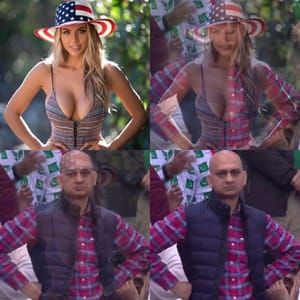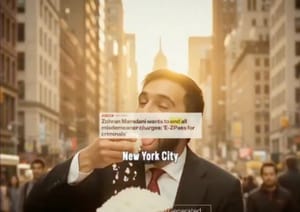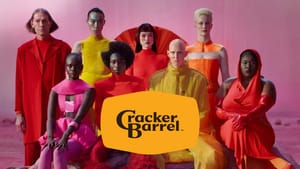A lot of people are asking themselves this, and many experienced ad people are blaming DEI, or the need to be "safe" and not offend, but that doesn't explain abrasive brand voices like Tampax on Twitter or the skyrocketing career of Radioshack's new CMO, Ábel Czupor, who is on Forbes' 30 under 30 list. I'll temporarily ignore that Forbes is all pay-to-play at the moment. We confuse new with innovation and chase trends.
If you find a squirter marry her.
— RadioShack (@RadioShack) June 29, 2022
I saw today that Dave Trott tweeted about the ingenious Maxell campaign from decades ago, and I suddenly understood why modern advertising is so,... well, shit. (1 & 2 at adland)
Really like this ad, impactful, catchy, repeatable, especially for anyone who's into music. https://t.co/Vckw4FCraD
— dave trott (@davetrott) December 9, 2022
That concept was so good. I saw the ad literally once during a lecture at school in London, and I have sung along wrong to that song - which happened to be one of my favorites - ever since. It stuck. So hard.
So what was the strategy and planning and click statistics that lead to this genius insight? The research that had been done was probably handed to the creatives together with the one-page brief (remember those?) simply that Maxell tapes last for longer plays and records better than BASF and other competitors. I'm sure that research was dry as hell.
Back then people had the space to tell a story. This ad is like a skit.
You watch it and wonder where it's going with all of these signs quoting the lyrics wrong. You pay attention because you are curious as to where it is going. The rug pull is the actual tagline and unique selling proposition. It's a home run.
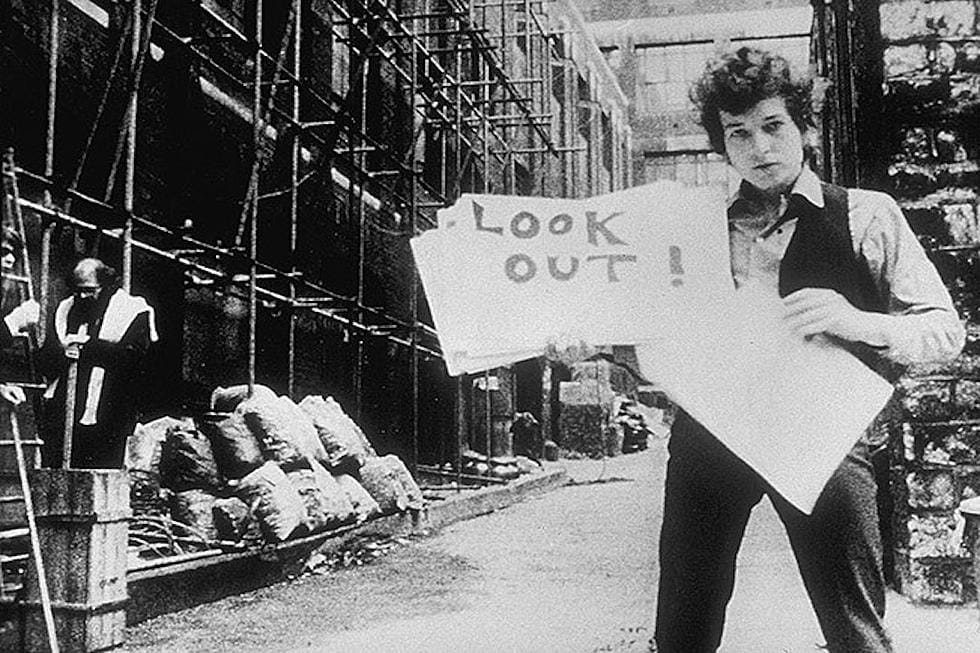
Bob Dylan dropped signs first in his music video, and INXS paid homage to it in their video for "Mediate" in 1987. That creative angle was inspired by musicians. Hearing the lyrics wrong was inspired by music itself - there have been countless websites, youtube videos, and tumblrs, and now tweet accounts that solely talk
about misheard lyrics. “Excuse me while I kiss this guy”, “We built this city on sausage rolls”, and “We don’t need no sex vacation.” Hang on, I would like one of those.
So the concept borrowed a bit here, and a little from there, but it didn't copy, and it didn't rely on someone else's fame. It cooked up the output from the input observed, which is what artists have done since the dawn of time. We watch today as influencers are hailed as full-fledged advertising agency creative departments, editors, and media agencies, because they have a lot of followers on TikTok, and we far too often see that advertisers would rather have their message funneled through a celeb than create something original. Even when the TikTok celeb is incredibly offensive to the target market. The Super Bowl ads have been the height of "starfucking" ads for decades now, and are terrible because of their reliance on that, and online advertising seems stuck in the phase of either paying influencers or throwing bizarre clickbaity ads at you.
There is never a story. There are no ideas. There is no voice. All in the hopes that "this will cut through" the doomscrolling that consumers online are stuck in. Copywriters are now writing in someone else's "voice", instead of the brand voice. E-celebs are media platforms.
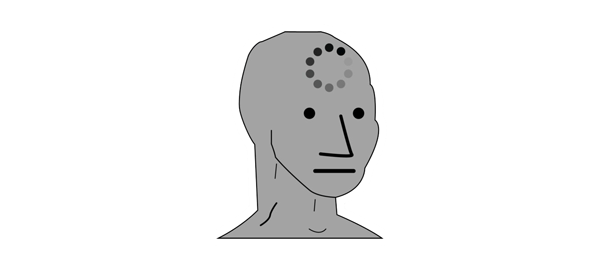
But, it's clearly not just consumers who are stuck in this doomscrolling mindset, acting like the most poorly scripted NPC in any given video game. The people who used to be celebrated in advertising, the difficult, the different, the ones who "would not play a game of football because the grass wasn't the right color green" (Paul Arden), the obsessed (Paul Rand). The people who relentlessly experimented and threatened suicide in order to sell a Matzo poster (George Lois), the professional melancholics (Roy Andersson*), and those who passionately sold their clients wares from the boot of a car (Dan Weiden) are all gone now. Who will replace them? The navelgazing guy who tweets for RGA? Seriously?
If we keep this up, we will all be replaced by ChatGPT, Wall-E and Watson - which creatives all over Twitter are eagerly helping along as they tweet their "best" interactions with said Chatgpt to the world, ignoring that they are assisting in the programming of it.
Social media ads are increasingly generated by scripts. Their media targets as well. We are no longer necessary for a brand to launch. Our only hope is their failure because the program is only as smart as the programmer. Either way, they will always lack what we have. Gut instinct. Human insights. And actual creativity.
----------
* don't worry, despite how that is phrased, Roy is alive and well, born in 1943 he is 79 years old and reportedly is still seen walking around the neighborhood of Östermalm, Stockholm where his studio was.
To see ad people going against the DEI check out my adland® which allows anyone, and has allowed anyone that is a registered member, to step on the soap box and use that public microphone that I built since 1996. Before youtube, Medium, and substack. 😉



